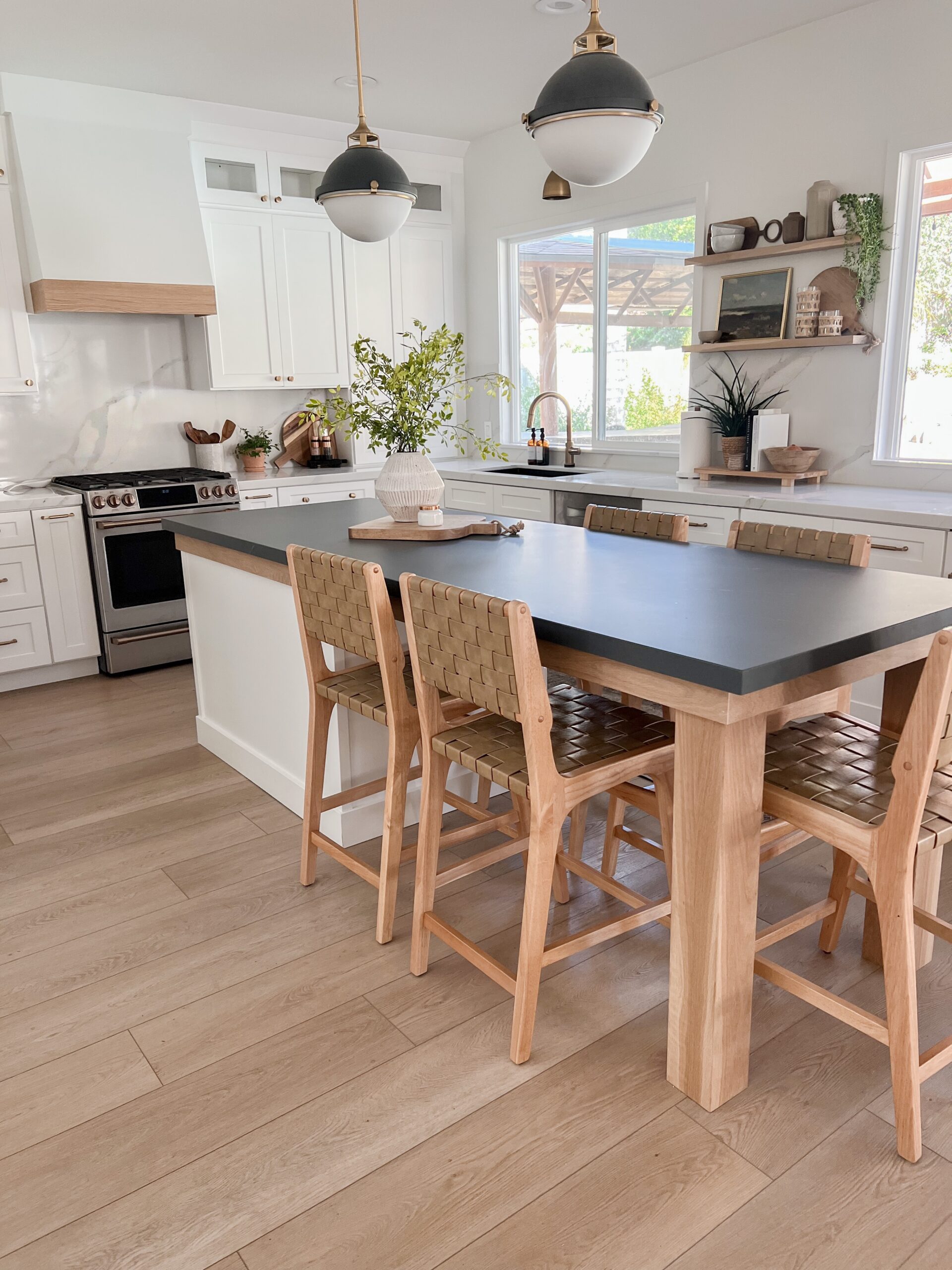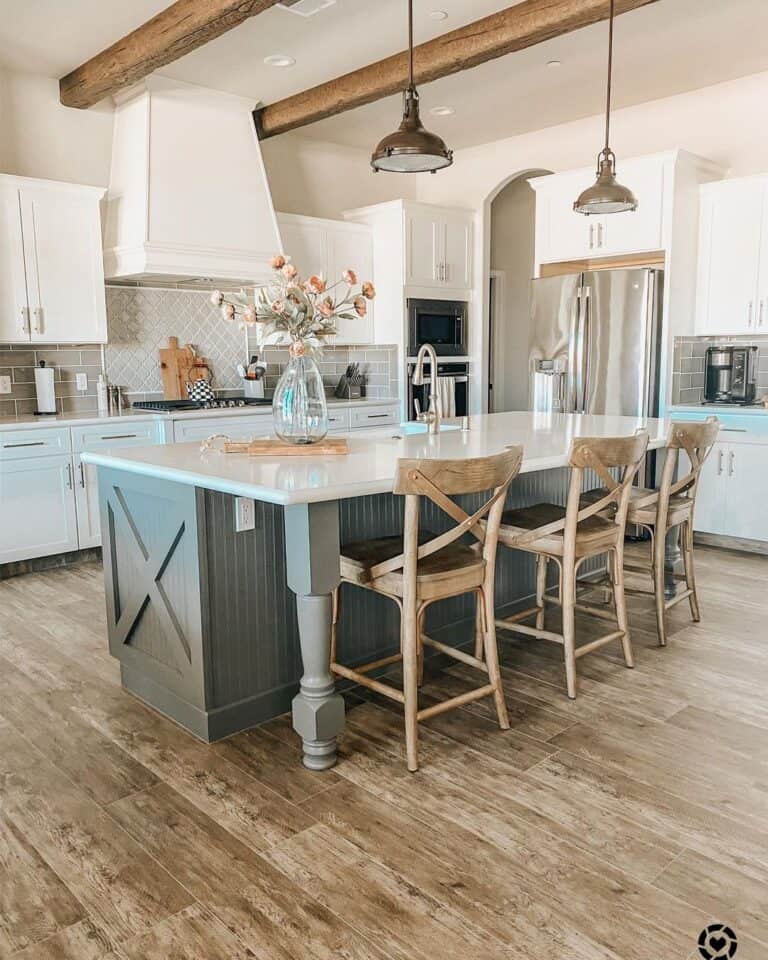Maximize Flexibility with Flexible Legs For Kitchen Island Attributes
Maximize Flexibility with Flexible Legs For Kitchen Island Attributes
Blog Article
An Overview to Picking the Perfect Legs For Kitchen Island for Your Home
Picking the excellent legs for your cooking area island is a nuanced decision that influences both the performance and aesthetic appeal of this central area. As you take into consideration these elements, it ends up being noticeable that the ideal legs can transform not just the appearance of your kitchen area yet likewise its usability for years to come.

Understanding Kitchen Area Island Legs
When picking legs for a kitchen area island, it's important to understand their aesthetic and useful roles in the total design. The legs serve as a crucial support system, ensuring stability and resilience for the island, which usually works as a work space, dining area, or collecting place. For that reason, the selection of material and building method have to be robust sufficient to stand up to daily usage and potential wear.
In enhancement to their architectural obligations, legs contribute dramatically to the island's visual appeal. They can enhance the kitchen area's style, whether with standard, modern, or diverse layouts. The elevation and percentage of the legs are likewise essential considerations; they must harmonize with the island's counter top height while guaranteeing comfortable seating for those utilizing the area.
Furthermore, the leg design can influence the general flow of the kitchen area. Open, airy leg styles can create a feeling of agility, while strong, significant legs might communicate a much more grounded and stable visual - Legs For Kitchen Island. Recognizing these visual and practical aspects will lead home owners in making educated selections that match their kitchen area's design and enhance its functionality
Popular Styles and Materials
The selection of legs for a cooking area island encompasses a range of popular styles and products, each offering unique attributes that can enhance both performance and aesthetics. Standard legs generally display luxuriant details and craftsmanship, boosting classic kitchen area layouts.

Elevation and Stability Considerations

The legs of the kitchen island ought to give adequate assistance, making sure that the structure can withstand everyday usage without wobbling or shifting. Material option plays a significant role in stability; steel legs, for instance, often tend to provide higher strength contrasted to wood.
Matching Your Kitchen Visual
Choosing the best legs for your cooking area island goes past functionality; it additionally plays a substantial role in the total visual of the space (Legs For Kitchen Island). When choosing legs, think about the layout style of your kitchen area.
Color is another crucial variable. Legs that complement or contrast with your island's surface area and surrounding cabinetry can produce visual consistency or striking centerpieces. Matching dark timber legs with a light marble countertop can add deepness and rate of interest. In addition, think about the surface of the legs; matte, glossy, or distinctive finishes can dramatically influence the overall feeling of the kitchen.
Installation and Upkeep Tips
Installing kitchen island legs calls for mindful attention to information to guarantee both stability and aesthetic allure. Use a stud finder to find wall studs if you are affixing the legs to a Read Full Article wall or using braces for added support.
When safeguarding the legs, utilize high-quality screws and, if necessary, wood glue for additional stamina. For steel legs, make sure that you are making use of appropriate anchors and tools to prevent damage to your floor covering. It is advisable to look for levelness after setup, making changes as needed to prevent wobbling.
Tidy the legs with an appropriate cleaner, preventing rough products that might scrape the surface area. By following these installation and upkeep ideas, you can ensure that your kitchen island legs remain both functional and visually appealing.
Conclusion
In verdict, picking the suitable legs for a kitchen click to investigate island requires cautious factor to consider of height, security, and visual compatibility. By picking appropriate materials and designs that line up with the overall kitchen area layout, functionality can be improved while preserving aesthetic appeal. Appropriate installation and continuous upkeep additionally add to the toughness and long life of the cooking area island. Ultimately, thoughtful leg choice plays a critical role in boosting both the functionality and design of the kitchen area.
When selecting legs for a kitchen island, it's vital to comprehend their functional and visual duties in the overall design. Open, airy leg styles can produce a sense of lightness, while strong, significant legs might communicate a more based and secure aesthetic. The legs of the kitchen Home Page island must offer appropriate support, ensuring that the structure can hold up against daily use without tottering or shifting.Mounting kitchen island legs needs mindful focus to detail to guarantee both security and visual allure.In conclusion, choosing the proper legs for a cooking area island necessitates careful consideration of elevation, security, and visual compatibility.
Report this page